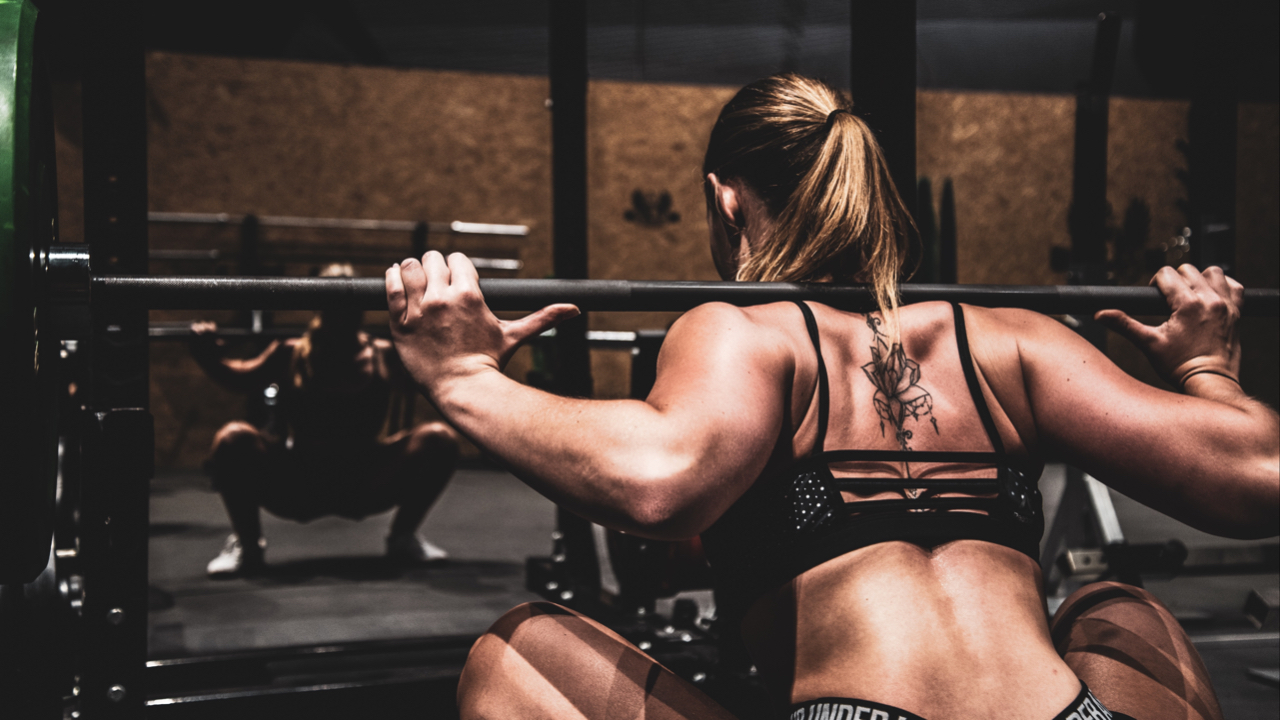Should Your Knees Pass Your Toes When Squatting?
Jul 03, 2023
Where did this idea come from?
The idea that your knees should not pass your toes when squatting or lunging originated in 1978 from a study at Duke University. They found that when the knees pass the toes, shearing forces increase on the knees. They found that keeping your lower leg as vertical as possible put less pressure on the knees. This is true! Bring the knees past the toes places 28% more stress on them. But here is the thing….
When the knees stay behind the toes during a squat, this places nearly 1000% more stress on the hips.
Why does everyone say, "Keep your knees behind your toes?"
This was actually meant to be a cue. Not a rule. My personal opinion is that it’s a horrible cue because it doesn’t teach a client how the body should feel, but what it should look like. This does not feed a connection to one’s body.
On the other hand, I can see why this cue was used.
In a squat (or lunge) the stress is divided by the hips and knees. The percentage of how much your hips and knees are bent determine how much pressure is placed on each joint. Because most people are very disconnected from their bodies and don’t know how to squat properly, end up bending their knees first, and not really knowing what to do with their hips. This causes a series of issues that could all be fixed if they initiated the movement with a hip hinge instead of a knee bend.
HERE is a video on how to improve your hip hinge.
The cue was probably creating in the hopes that it would encourage people to hinge their hips back and rely LESS on their knees to initiate the movement.
This is just me giving the creator of this cue the benefit of the doubt. Who knows why they actually used it.
"So my knees SHOULD pass my toes?"
It depends.
Everyone’s anatomy is different and there is no one perfect way to perform every movement. This is why I encourage you to be cautious of anyone who is dogmatic about form. If they are, this is a sign of their knowledge and experience.
The knees passing the toes does serve a purpose though. The movements we perform in exercise are meant to replicate those in every day life.
- Squat: sitting down and standing up.
- Deadlift: loading and unloading the diswasher
- Push-Up: getting up off the floor
- Row: opening a door
Your knees pass your toes in everyday life all the time. If they didn’t, life would be VERY hard.
Try to go down the stairs without your knees passing your toes.
Try to sit down in a chair without your knees passing your toes.
These things are either impossible or your look like a total goof trying to do it.
Pre-requisites for the knees to pass the toes safely
- In order for the knees to pass the toes safely, one needs to have proper ankle and hip mobility.
- If one does not have enough ankle mobility, their heels will lift off the ground and they get deeper in a squat.
- If one does not have proper hip mobility, they will not be able to squat deep enough without falling over.
If this is you, HERE is a video on improving ankle mobility and HERE is video to improve HIP mobility.
Mobility is something that needs to be practiced as frequently as possible. I suggest 5 times per week until you have adequate mobility and then you can reduce it to maintenance (3 times per week).
Follow a strength training program that educates you on how to find the best form for YOUR BODY!
Join STRONG 1.0! You'll receive a 12 week at-home beginner strength training program, worksheets to assist you with being consistent, nutrition, and recovering along with monthly email check-ins to focus on each of those aspects! PLUS you get access to a vault of video lessons that teach you how to find the best form for your body.
JOIN US HERE!
Stay Connected!
Join Estelle's email list to receive weekly tips, inspiration, and latest podcast episodes!
P.S. I even have a gift for you to help you become more consistent with exercise!
No SPAM allowed! Your information will never be sold or shared for any reason.

